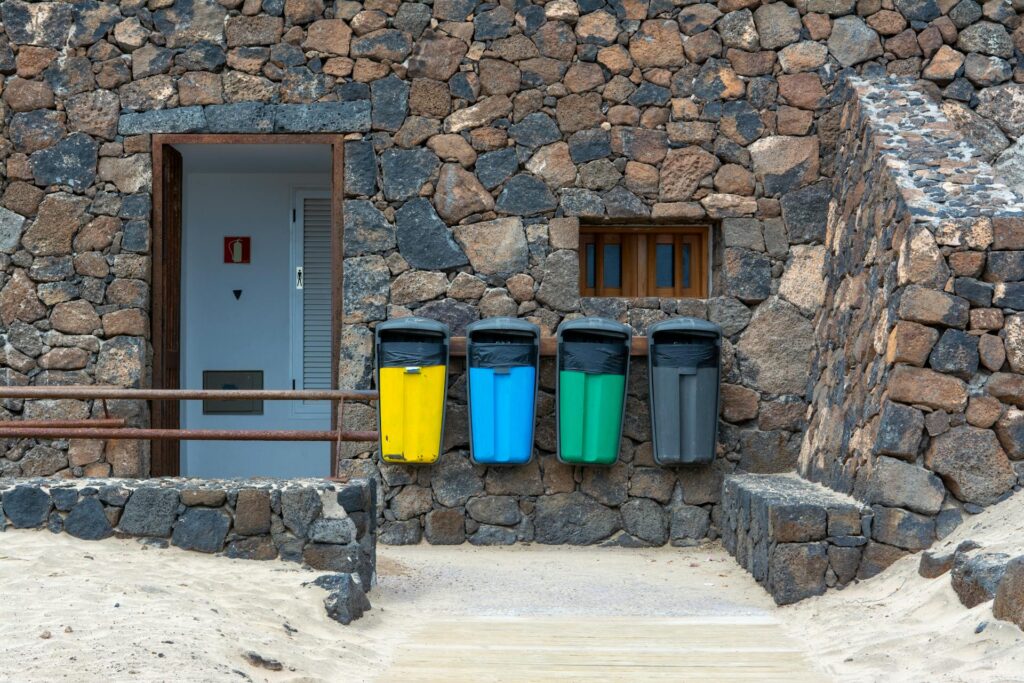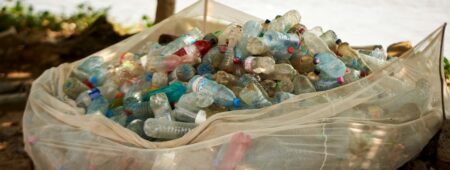Mysterious symbols on plastic packaging. What actually lands in your shopping basket?
When you buy food products, you certainly check the expiry date. This is incredibly important, so a round of applause for you. However, when you go shopping, do you also check the labels of products whose packaging is made of plastic? That is the conundrum.
When you buy food products, you certainly check the expiry date. This is incredibly important, so a round of applause for you. However, when you go shopping, do you also check the labels of products whose packaging is made of plastic? That is the conundrum.
Thousands, if not hundreds of thousands of products in plastic packaging end up in our shopping baskets. Unfortunately, despite our best intentions, we cannot avoid it. However, we do have influence over the type of packaging we choose. Well, all plastic packaging must be labelled. This marking is most often found on the bottom of the product.

This raises an important question: what does it look like? The recycling symbol - i.e. a triangle made up of arrows with a number in the middle - represents a product made of plastic. The most important thing about this symbol is the number, which tells us what type of plastic the packaging or product is made of.
The lucky seven - that's how to remember the number of materials from which packaging or products can be made:
- number 1 PET (polyethylene terephthalate);
- Number 2 PE-HD (polyethylene - high density);
- Number 3 PVC (polyvinyl chloride);
- Number 4 PE-LD (polyethylene - low density);
- Number 5 PP (polypropylene);
- Number 6 PS (polystyrene);
- No. 7 O (bisphenol A and others).
Numbers on plastic packaging. See what they mean
All the numbers can be found on the packaging of the products that lie on the shop shelves, so it is good to know what lies beneath them:
- 1: These are bottles for drinks, juices or water. It is also used for cooking oil, detergents and cosmetics packaging, as well as some yoghurt packaging. It is currently one of the most widely used plastics in the world - it is theoretically safe, but it is important to remember that such packaging cannot be washed or exposed to high temperatures or sunlight.
- two: It is some of the packaging of yoghurts, kefirs or cleaning products and some water and juice bottles. Children's toys are also made from this material; it is the safest plastic for humans of the seven.
- three: Sometimes it is a plastic used for food packaging. It is used to make veneers and casings for windows and doors, or pipes. This plastic is not safe for humans, can emit toxins and should not be used in contact with food products.
- four: It's shopping bags, rubbish bags, the inner coating in milk cartons. It's also frozen food packaging, plastic beverage cups, bottles and food storage containers. This type of plastic is also safe.
- five: It is the packaging for yoghurts, syrups and many other food products. It's also containers for food bought to go, drinking straws and bottle caps - this type of plastic is completely safe for humans.
- six: These are disposable plates, bowls, cutlery and cups, takeaway food containers and meat trays. This plastic is dangerous for humans - it can emit styrene, which is a toxin that attacks the nervous system.
- seven: Reusable water bottles and baby bottles; citrus juice bottles and oven baking sleeves. This plastic is dangerous because it may contain bisphenol A, which contributes to diseases of the nervous and endocrine systems.
These are just selected examples. There are many, many more products on shop shelves. To make it easier for you to remember which plastic is good for humans, it is worth learning a simple slogan: "four, five, one and two - all the rest are bad for me!". Now you can go shopping in peace. Good luck!
Did you know that.
different types of plastic, numbered 1 to 7, have different effects on our health? For example, plastic numbered 1 (PET) is safe as long as it is not heated, while plastic numbered 3 (PVC) can emit toxins and should be avoided in contact with food.


